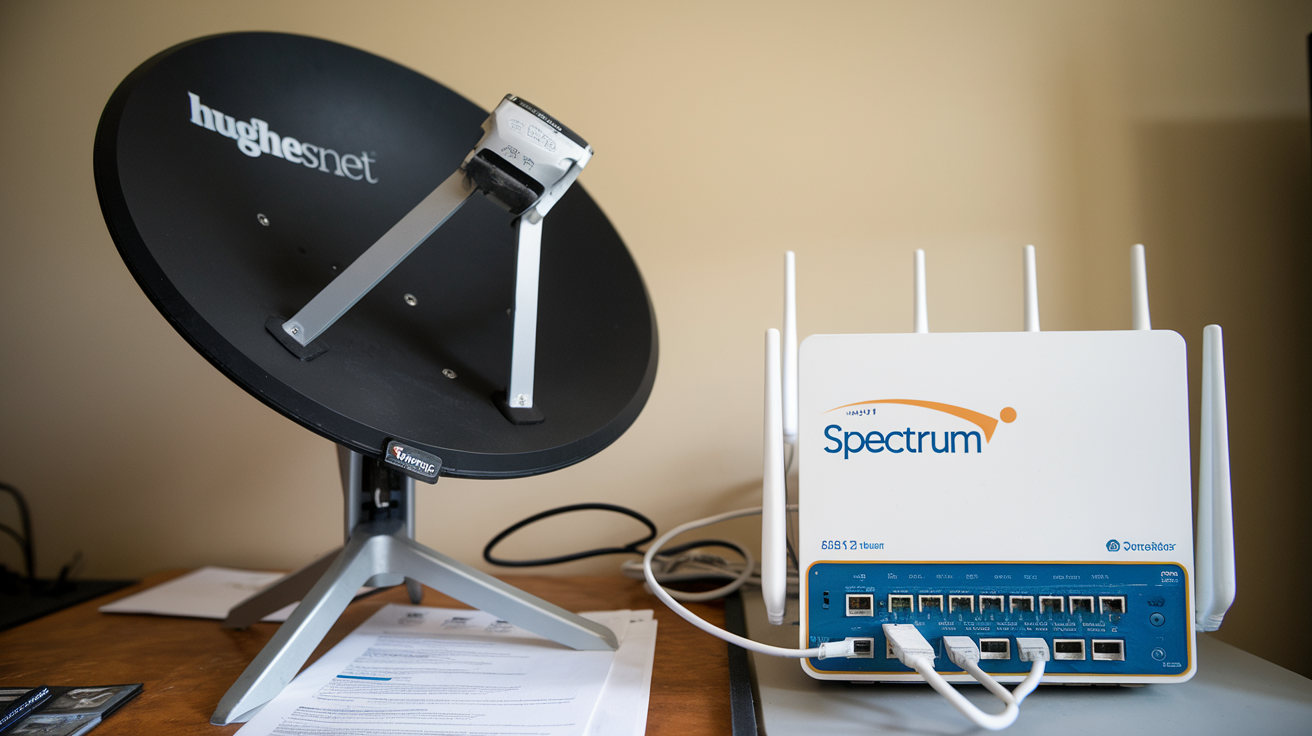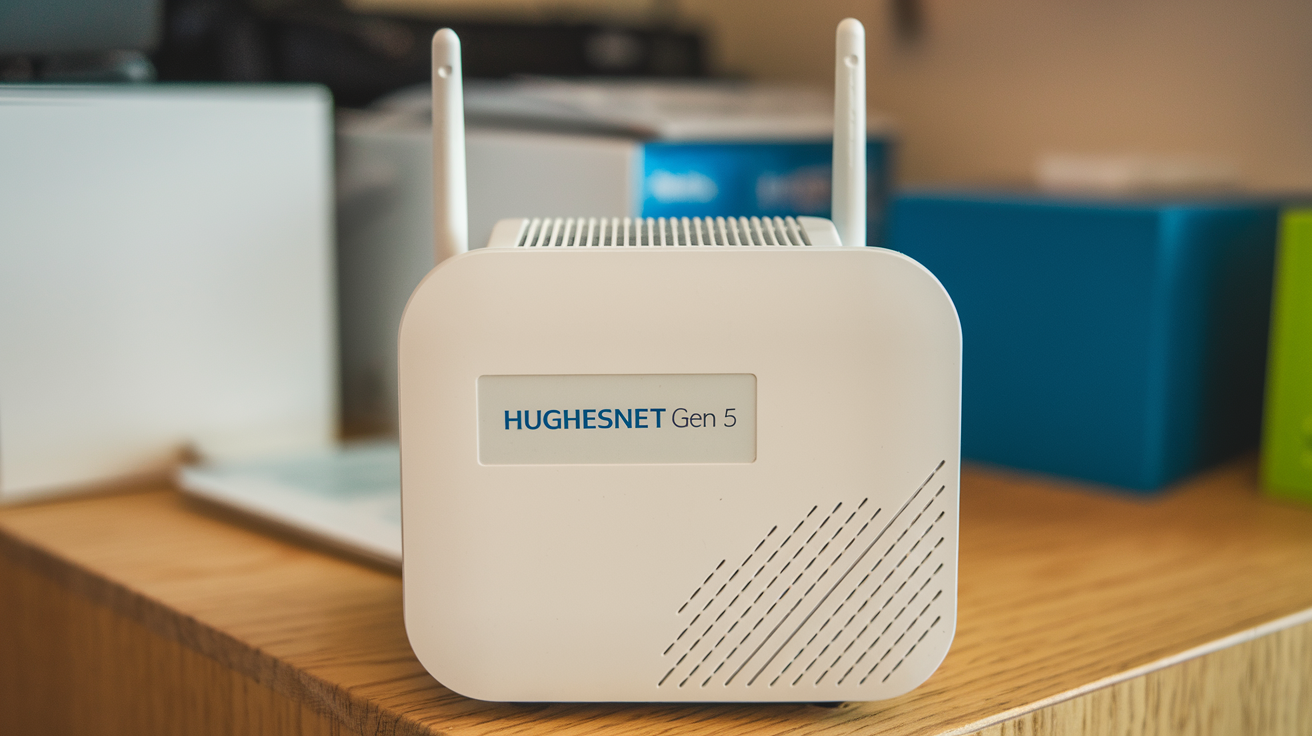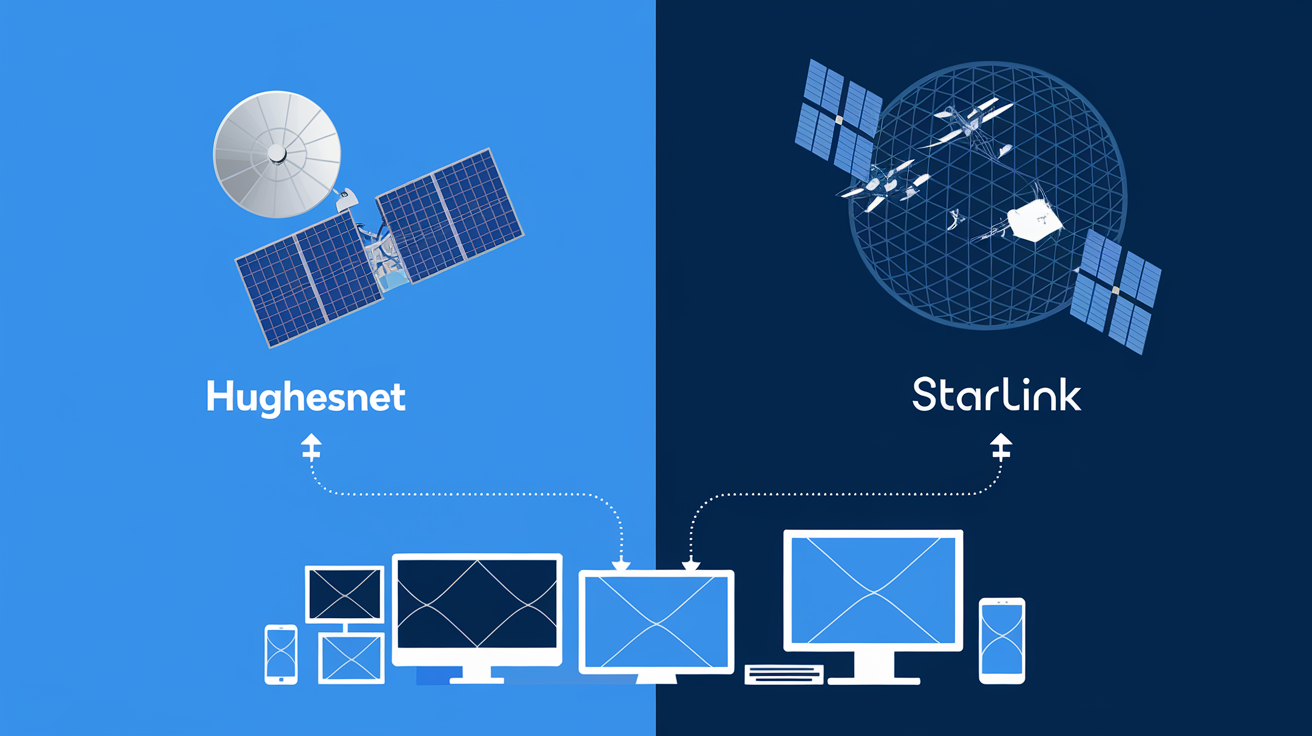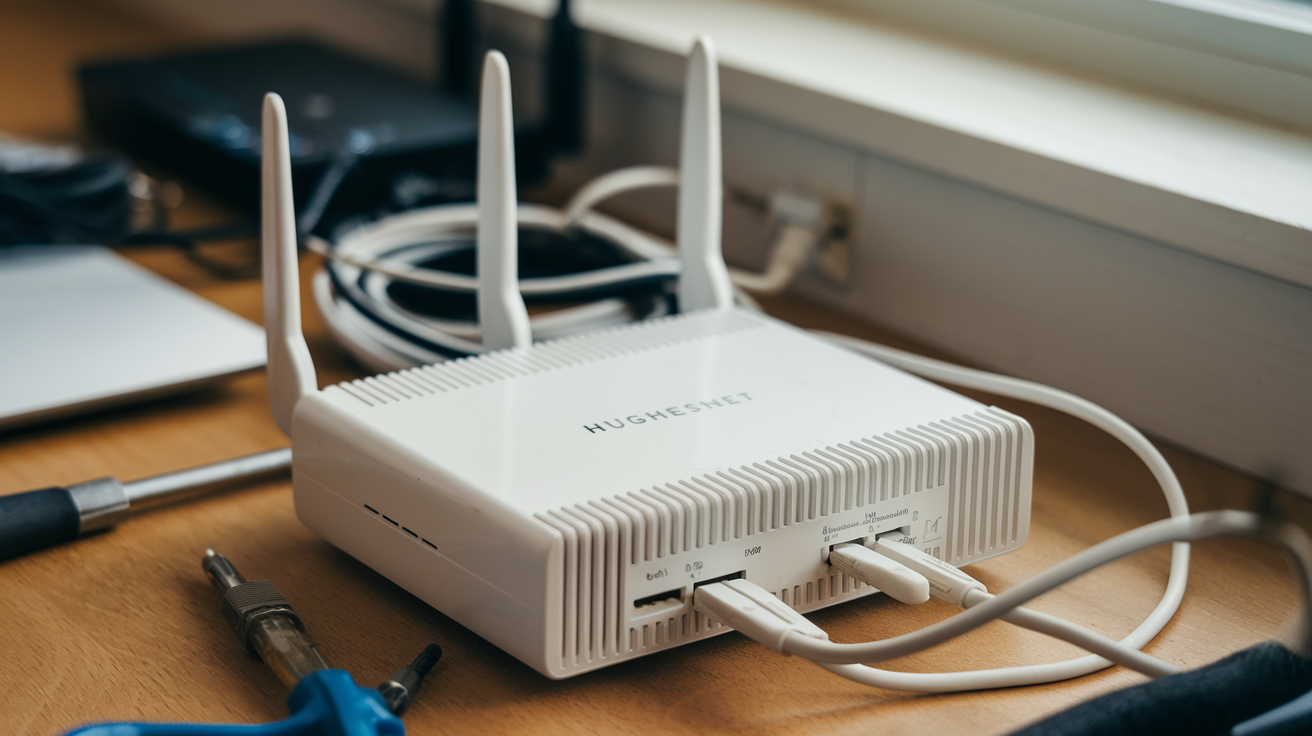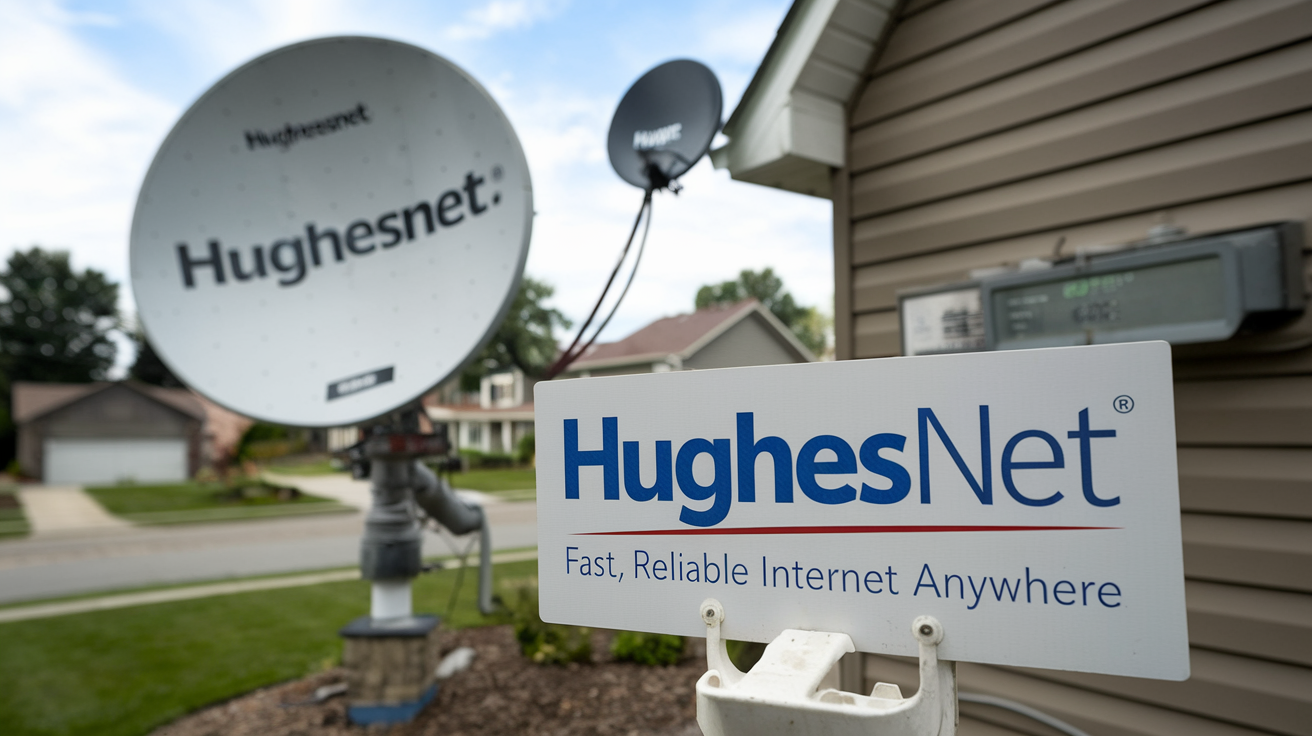
What is Satellite Internet?
To begin with the details of the Hughesnet Gen 5 speeds, it would be important to clarify what satellite Internet is. Satellite internet connects the user to the internet through satellite in space and hence is different from cable or DSL connection which most internet service providers utilize.
A satellite internet provider has three main components:
- The internet modules placed in orbit to send and receive information exchange signals
- Terrestrial control and relay stations that receive signals from the satellites
- People at their homes have small satellite dishes that send requests and receive Internet data from the satellites.
It is an Internet technology that needs no phone lines or cables to enable it to provide the connectivity it offers. This makes it very suitable especially for rural or remote places that may not have cable or DSL services. The main disadvantage is that due to distances between space entities and Earth, there is a greater signal latency compared to conventional internet services. Although this latency has been a major issue in the past, technological advancement has made this a thing of the past in the current world.
HughesNet Gen5 Speeds
- Now let's talk about the speeds offered by Hughesnet Gen 5 service: Now let's talk about the speeds offered by Hughesnet Gen 5 service:
- Download Speeds
- Hughesnet Gen 5 offers various packages with download speeds starting from 25 Mbps up to 50 Mbps depending on the area of your residence.
This means they have increased their offer of download speeds which are twenty-five times better than the 1 Mbps downloads of the older HughesNet Gen 4 satellite internet speeds. To be more precise, the minimum FCC definition of broadband internet is 25 Mbps as of today. This means that Gen 5 puts satellite internet in truly broadband territory when it comes to speed for the first time.
The majority of the advertised speeds are at 50 Mbps. However, the highest tier provides the users with 50GB of data usage per month with additional charges for using more data. Thus, it is only reasonable to describe this option as appropriate for users who spend a minimum amount of time online.
Fifty gigabytes of data are available on all the tiers from 10 GB to 50 GB per month but they come with certain limits. Once the allowance of monthly traffic is used, speeds are reduced to within the range of 1Mbps to 3 Mbps.
Upload Speeds
Hughesnet Gen5 offers a plan for uploading with 3 Mbps for all its plans. The enhancement of the speed capacity in this area makes it convenient for users to share content on social platforms or even instant use of video calling apps. Previous satellite generations had more troublesome upload speeds which were about 0. 5 Mbps leaving two-way online interactions painful.
Latency
One of the primary areas of enhancement needed is in the aspect of latency. HughesNet Gen 5 satellites are of newer technology and have lesser latency than what was previously seen in the older generations of satellites which hover around 700-900ms. Earlier latency or lag was of 3000-4000 ms which has now decreased to 150-200 ms and makes applications like video calling and online gaming possible though not perfect.
In conclusion, download speeds can now range between 25 Mbps DSL internet, and average upload speeds and latency are much improved from previous satellite internet services.
Real-world speeds and factors that may impact them
While HughesNet advertises speeds up to 50 Mbps, what speed tier and actual performance you get depends on a few factors: While HughesNet advertises speeds up to 50 Mbps, what speed tier and actual performance you get depends on a few factors:
- Location – Bandwidth availability is a relative factor meaning that the speed of internet connection will not be constant in the satellite coverage area. The research also points out that overall speeds are slower in rural regions.
- Data Allowance – After you have gone through the allotted amount of MBs in a certain period, your speed reduces significantly at peak times. Spending more of the allowance affects performance, where all the allowance is spent before a certain time leads to poor performance.
- Equipment - When using WiFi instead of the ethernet cable to connect to your satellite modem, you might lose 5-10 Mbps of your speeds. The current Telstra Turbo 7 plan’s max speeds are slower than what they should be because using old satellite equipment rather than new Gen5 equipment also slows it down.
- Network Congestion – Since bandwidth is apportioned by customer usage in your locality during peak hours, many customers utilizing the bandwidth will compromise your private rates.
To sum up, it is significant to note that, although HughesNet Gen 5 satellite internet speeds and latency are higher, there are always certain restrictions. The capacity of data and traffic during peak hours also affects the performance of the application. However, Gen 5 is much faster in terms of always-on internet compared to earlier satellite generations with a minimum FCC broadband range of 25 Mbps. For the people in rural areas who do not have access to a wired broadband connection, HughesNet Gen 5 provides internet speed that is quite useful for home and workplace.
